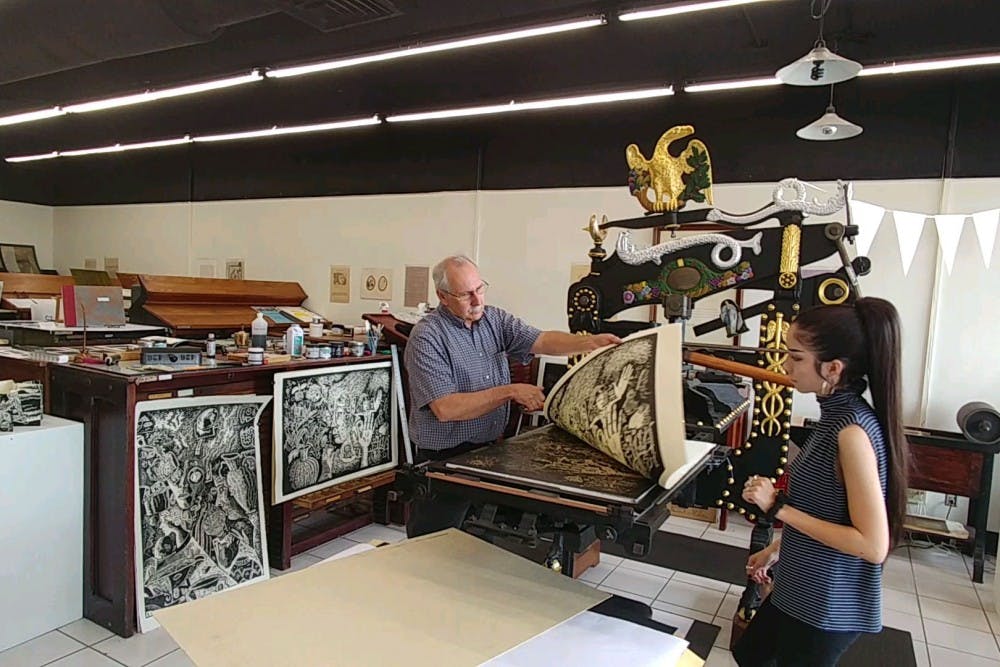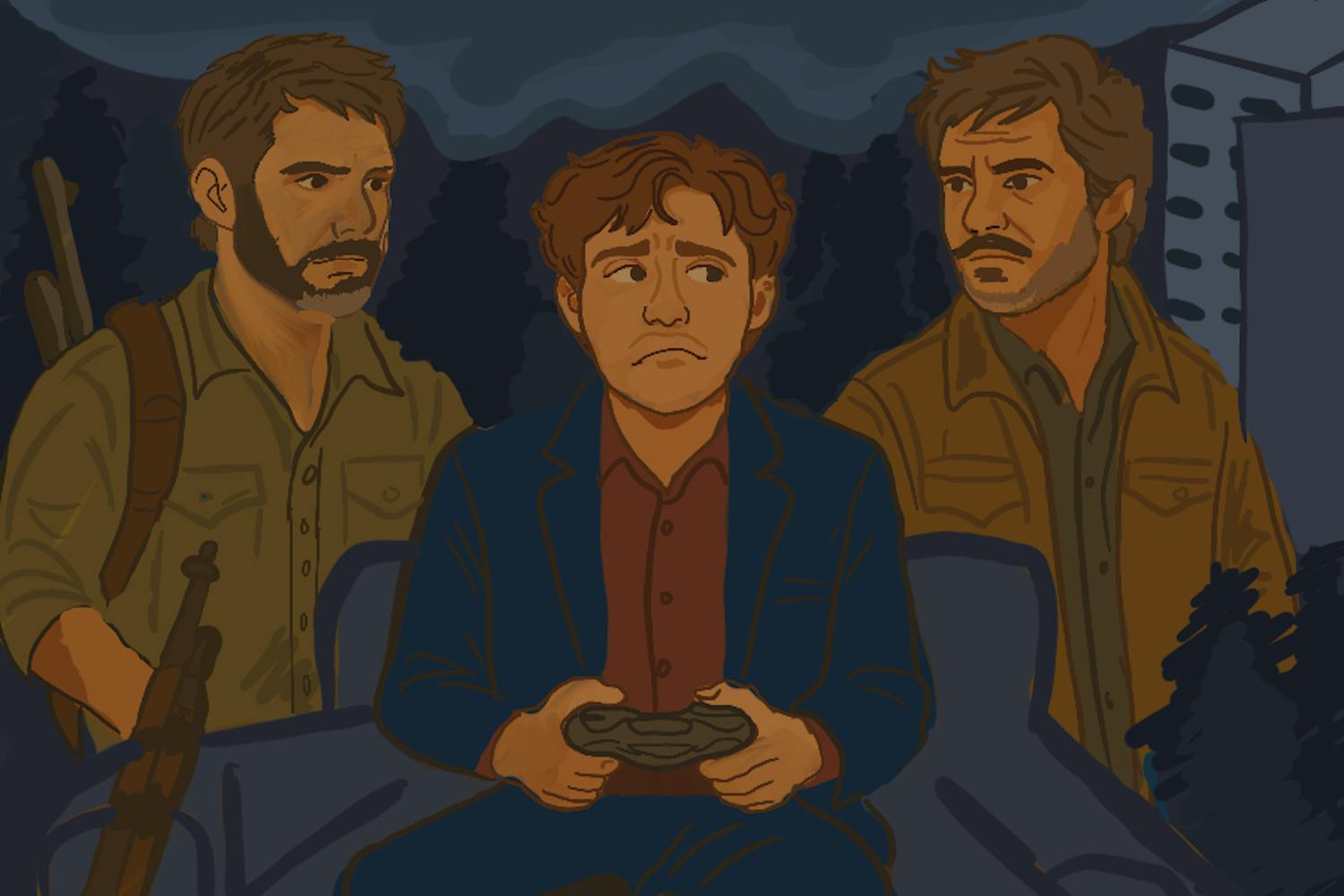Traditional methods of creating art have long been surpassed and shelved over time as new technologies emerge every day.
But ASU still sees value in these old processes, as the University is deep in the archiving process of a collection of type and presses that was donated to the school in 2016.
Daniel Mayer, an instructional specialist coordinator at the School of Art, is working to archive the collection.
“The collection combined with previous typeshop acquisitions and donations provides a deep resource for creative research, letterpress teaching, attracting students of different disciplines and recruitment," Mayer said.
Mayer said this was the second donation to ASU by Dr. Edward Petko, a dermatologist with an appreciation for print history.
“The School of Art’s collection that I facilitated came in two phases,” Mayer said. “Ten tons of type in 1996 and 15 tons in 2016.”
Mayer said that the process of handling such a collection requires diligence as researchers sift through typefaces dated from early 20th century American and European foundries that have all but disappeared.
“With a collection of this magnitude that includes over 3,000 cases of type, it’s an important and meticulous process to research, identify, catalog and archive the many typefaces," he said.
The metal types within the collection are essentially the roots for digital type designs on computers today, Mayer said. In working with dated methods of printing, students and researchers are “merging the best of both worlds for contemporary creative expression.”
Heather Green, an assistant printmaking professor in the School of Art, said old methods of printmaking provide new opportunities for control over the final product.
“Using traditional methods like hand papermaking, handset type or creating a plate to hand print something allows the artist to control the tactile, or the haptic as well as the visual qualities of their work.”
Green said that though traditional methods are often used, there are ways to use computers that allow artists "to be more inventive and more versatile with their results.”
Green said it was an honor for ASU to receive Petko’s collection, and that it has potential to lead into other projects in the future.
“It would be amazing if we could create a book arts center or a printmaking center that would allow us to amass all of our equipment in one more integrated space," she said.
Green said the relationship between creative expression and how creative vision are carried out isn’t easily defined.
“Some artists use media or methods that correspond to their concepts, making them very palpable to the viewer,” Green said. "Others have a method of creating work that does not have any relationship to their subject matter.”
A-Buncha-Book-Artists (ABBA) president and junior graphic design student, Hailey Tang said there are ways in which old and new technologies merge, such as in the process of polymer plate printing.
“You can design and control the image digitally, and develop that digital layout or image through a photochemical process and print it," Tang said.
Tang said there is a particular beauty in working with a metal or wood type in creating tangible effects not expressed outside of these practices.
“To know the hours of labor that go into setting the pieces, each letter is a separate block of metal, is astonishing,” they said. “Much more impressive than just putting it through a machine.”
Tang said these historical methods should be appreciated even as improved technology takes their place.
“Art is about more than just the finished product, it is about the meaning, the process of creating and the artist involvement with the methodology by which it is made," they said.
Reach the reporter at mnguzma2@asu.edu and follow @sirmynameisnoah on Twitter.
Like The State Press on Facebook and follow @statepress on Twitter.




